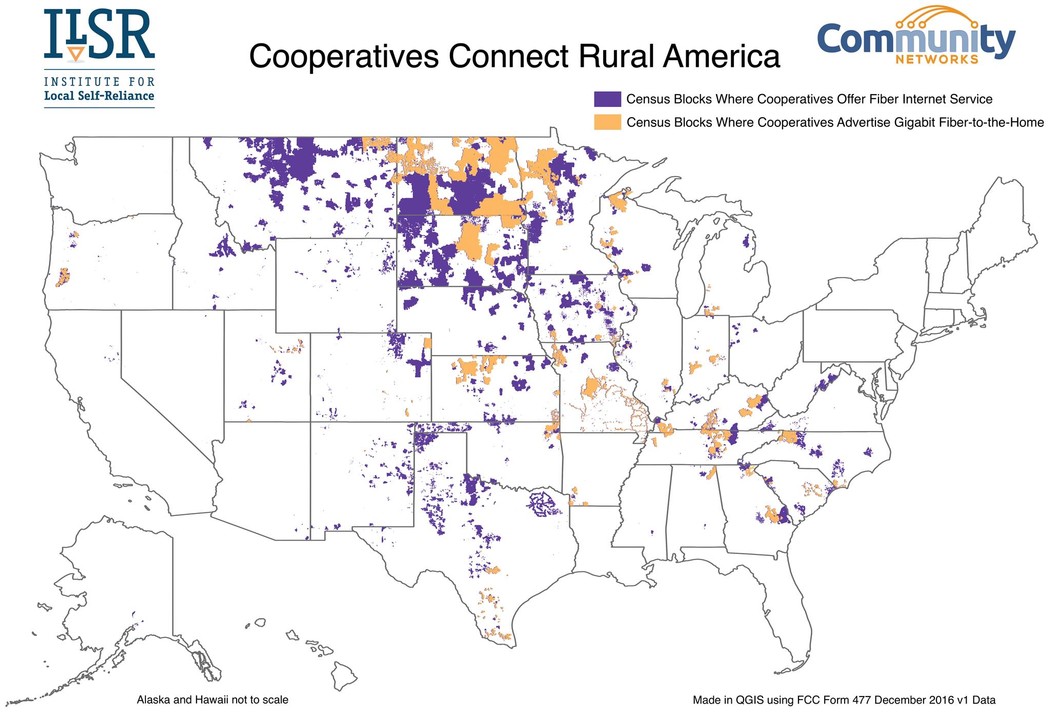there must be. elec coops are getting into the fiber business
Rural America Is Building High-Speed Internet the Same Way It Built Electricity in the 1930s

You do know that cooperatives exist not to make money, but to provide their members a service reliably and at a responsible cost.
They do not get into broadband to ‘make money’ but because there is a need for reliable fast broadband in rural areas, just like anywhere else.
No one but a nonprofit entity is going to provide it
I am served by an electric cooperative (Tombigbee Electric Cooperative) that is in phase II of their fiber to the home project.
Hopefully by the end of this year I’ll have gigabit fiber service installed.
The fiber is ran right in front of my house. All they’re waiting on is getting a new fiber node online to serve this area.
They’re in the process of working on it right now.
I can’t wait to get gigabit fiber, from 4.0 Mbps/512 Kbps DSL.

